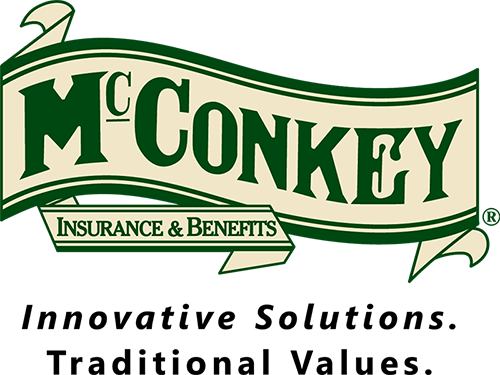
Construction is a specialized industry that poses substantial risks to everyone involved in it. Contractors need to partner with an agency who understands their business and the risks that are faced day in and day out. McConkey’s Construction Division focuses on learning the nuances of its clients’ businesses and educating them on how to best manage those risks through proactive loss control and innovative methods of loss funding.
Additional insured endorsements have evolved since 1985 and narrowed in scope with the most recent version update in April of 2013. In this case, the narrowing of coverage is beneficial to the lower tier on a contract who is required to provide this endorsement. Additional Insured endorsements provide automatic coverage to the “additional insured” under the lower tier’s liability policy like it is the higher tier’s own policy. The endorsement essentially offers the contractor’s policy limits to defend and pay claims brought against the general contractor or owner that result from the subcontractor’s work. Some endorsements don’t even require the contractor to be negligent and they will provide protection to the higher tier for the higher tier’s own sole negligence. When subcontractors are able to negotiate these terms, the additional insured status should be limited to the extent claims are caused by a negligent act, error, or omission of the subcontractor. Subcontractors should not be required to provide additional insured coverage on their policy for claims that result from the sole negligence of the higher tier or claims that are 95% attributable to the higher tier’s negligence. While few states allow a higher tier to pass down sole negligence, Pennsylvania being one of them, many will allow claims that are primarily caused by the higher tier to pass all of the responsibility down to the lower tier if the contractor contributes in any way.
Many insurance companies have tried to combat these onerous requirements by creating their own versions of additional insured endorsements that limit the extent that coverage applies. The problem with this approach is that contractors agree to terms in the contract and don’t realize their insurance policy doesn’t comply with the contract terms they’ve just agreed to provide. Subcontractors who are interested in managing their risk should review the contract carefully and discuss the additional insured requirements with their insurance agent. Many agents overlook the importance of reading the actual endorsement, so it’s not unreasonable for a contractor to ask their agent to review the endorsements available on their policy and make sure they provide the coverage required in the contract. Contracts should be reviewed thoroughly for which parties needs to be additional insured and if there is a specific endorsement that’s required. If the contract requires the CG 20 10 10/01 and the contractor’s policy only provides the CG 20 10 04/13, then the contractor is out of compliance with the insurance requirements and is in breach of contract. The 10/01 version of the endorsement provides broader coverage to the additional insured, so the contractor could be left paying this claim out their own pocket.
Just about all construction contracts have additional insured requirements now, so how can contractors manage their risk? Similar to waivers of subrogation, it all goes back to the contract language. First, contractors should push back on any requirement to provide the CG 20 10 11/85, which allows the higher tier to pass down claims that are caused by their own sole negligence. Contractors should also be concerned if they see a requirement for the CG 20 10 10/01 or CG 20 37 10/01, which both provide similar coverage to the 11/85 version of the endorsement. If the higher tier is interested in allocating risk equitably, they will have no issue agreeing to one of the more widely used endorsements. If the higher tier is unwilling to accept anything less, then the contractor should be aware of that and price that risk into their bid. Additionally, contracts should be marked up to reflect the additional insured endorsements that the contractor has on their policies and copies should be provided if requested. Furthermore, the additional insured coverage could be limited to apply only to the extent that it was caused by the contractor’s negligence. This could be a way of limiting the extent that a specific endorsement applies if the higher tier won’t accept anything other than the broader endorsement. Just as with insurance agents, it’s important to consult with an attorney who’s knowledgeable of the construction industry whenever modifying contract language.
As subcontractors become more in demand, they should look for ways to improve contract terms and conditions and better manage their risk. While additional insured requirements will likely not be the first thing to come to mind, they also shouldn’t be ignored. Onerous contract terms by higher tiers can be costly for contractors. It’s important for contractors to understand the potential impact of often overlooked contract terms and explore ways to limit their impact. Consulting a knowledgeable insurance agent is an important part of that process.



